That was the emphasis of Prime Minister Pham Minh Chinh during his working session with CEOs of leading US semiconductor enterprises and corporations on September 19, 2023.
At the meeting, Prime Minister Pham Minh Chinh welcomed semiconductor enterprises that have invested and operated in Vietnam, contributing to the process of promoting the upgrading of Vietnam-US bilateral relations; and requested US semiconductor enterprises to continue to cooperate and invest more deeply, widely, and more in Vietnam in all stages such as infrastructure investment; technology transfer, design, production and distribution organization; and human resource training with the participation of enterprises and research and training facilities of both countries.
From there, it will create conditions to improve the quality of human resources and capacity of Vietnamese enterprises and gradually bring Vietnam to participate more deeply in the value chain and supply chain of the global semiconductor industry in many stages from design, assembly, packaging, testing, and production.
Prime Minister Pham Minh Chinh said that cooperation in developing the semiconductor industry in Vietnam is in line with the current trend in the world , in line with Vietnam's potential and human resources, and brings benefits to the people, so the people will certainly participate actively and effectively.
Previously, on September 6, speaking at the launching ceremony of the Electronics and Semiconductor Center (ESC) in the Ho Chi Minh City High-Tech Park (SHTP), Deputy Prime Minister Tran Hong Ha emphasized: " The Government is committed to developing a strong electronics industry to create strong demand for the development of the semiconductor industry because this is an investment for the future."

Deputy Prime Minister Tran Hong Ha and leaders visited the Electronics and Semiconductor Training Center (ESC).
Deputy Prime Minister Tran Hong Ha affirmed that the semiconductor industry plays an increasingly important role in the digital transformation revolution, green transformation, and knowledge economy, replacing the previous development model based on natural resources. Meanwhile, Vietnam has the potential of extremely hard-working, studious people, and a team of scientists who are always concerned with the development of the country.
Deputy Prime Minister Tran Hong Ha emphasized that the Government is committed to developing a strong electronics industry to create strong demand for the development of the semiconductor industry. In particular, Vietnam will go from product model design to manufacturing, testing, etc. From investment resources for developing science and technology, the State will not limit investment in infrastructure so that businesses and universities can train human resources with the most modern labs.
The Deputy Prime Minister also said that in the coming time, the Government will have mechanisms and policies to encourage universities to conduct basic research and train high-quality post-graduate human resources to lead the development of the semiconductor industry; creating human resource demand for the semiconductor industry through promoting stronger digital transformation.
“ The State will invest in infrastructure and the most modern laboratories for universities and enterprises to train human resources to master the entire value chain of the semiconductor industry. This is an investment for development and for the future,” the Deputy Prime Minister emphasized.
American business leaders have a solid basis for their assessments. Economic experts assess that the decision to develop Vietnam’s semiconductor industry is the right decision at the right time.
“The decision to produce chips in Vietnam was made at the right time, when the world is lacking chips and Vietnam is implementing digital transformation, including transitioning to digital government, digital economy and digital society, ” said Dr. Majo George, School of Business and Management, RMIT University.
According to Dr. Majo George, entering the chip manufacturing sector will be an opportunity for Vietnam to develop or acquire the most advanced technological expertise. This step may be challenging, but at the same time, it will also promote Vietnam to become a prominent manufacturing center in the region in the future. Looking at the number of more than 5,500 chip design engineers, 1,072 international publications related to the semiconductor industry, 635 publications related to microchips by the end of 2022, Mr. Nguyen Anh Thi - Head of the Management Board of Ho Chi Minh City High-Tech Park, assessed: "The scale of Vietnam's electronics industry is large enough to lead to the development of the semiconductor microchip industry, first in the design and packaging stages".

Vietnamese staff working at Intel Products factory. Photo: IPV
Of course, opportunities always come with challenges. Big opportunities will come with big challenges. Entering a hundred billion dollar market like the semiconductor market is not an easy journey, even for many countries in the region, not just Vietnam.
Experts say that semiconductor human resources are one of the major challenges for Vietnam in increasing the value of the chip supply chain. Minister of Information and Communications Nguyen Manh Hung cited statistics saying that Vietnam's semiconductor industry needs 10,000 engineers each year, but the current human resources only meet less than 20%. In fact, human resources in this field in Vietnam only grow by about 500 engineers each year, according to a report by the Vietnam Microchip Community.
According to experts, to build a competitive semiconductor industry, not only investment capital is needed, but also access to appropriate technology, and building a supply chain to ensure a stable supply and consumption market. The Foreign Investment Agency (Ministry of Planning and Investment) has admitted that the problem lies not only in market capacity, supporting industries, human resources, logistics, but also in economic development policies and investment incentive policies in this field. For example, FPT Chairman Truong Gia Binh has made three proposals to the Government. These are focusing on developing human resources; establishing a national center to support the semiconductor industry, developing resources; and attracting and calling on wafer manufacturing corporations to come to Vietnam.
“ There must be an attractive and long-term support mechanism for them. India is taking advantage of the opportunity and doing very well in this. After having a few wafer factories of foreign corporations in Vietnam, there will be an opportunity to build wafer factories of Vietnamese corporations themselves ” - Mr. Truong Gia Binh emphasized.
According to Dr. Majo George, in the medium and long term, Vietnam needs to participate in R&D stages that require human factors. The government needs to continue investing and offering preferential policies to attract large corporations in the world in the semiconductor field to establish or expand research and design centers in Vietnam.
As affirmed by experts at the Workshop "Solutions and policy mechanisms for the development of Vietnam's semiconductor industry" in October 2022, the Vietnamese semiconductor industry does not have a national strategy, solutions, or systematic investment plan for development. In general, the Vietnamese semiconductor industry is still in its infancy, with most manufacturing facilities only performing low-value-added product assembly steps in the supply chain.
However, as Counterpoint Research analyst Ivan Lam observed, “ with the efforts of the Vietnamese government, the participation of local businesses and the cooperation of global chip companies, the Vietnamese semiconductor industry has the potential to grow in the long term.” Investing in the future and waiting for billion-dollar opportunities - that is truly the right direction and cannot be otherwise in the digital age.
Anh Thu
Source


![[Photo] General Secretary To Lam attends the 50th anniversary of the founding of the Vietnam National Industry and Energy Group](https://vphoto.vietnam.vn/thumb/1200x675/vietnam/resource/IMAGE/2025/9/21/bb0920727d8f437887016d196b350dbf)




![[Photo] General Secretary To Lam presents the First Class Labor Medal to the Vietnam National Energy and Industry Group](https://vphoto.vietnam.vn/thumb/1200x675/vietnam/resource/IMAGE/2025/9/21/0ad2d50e1c274a55a3736500c5f262e5)
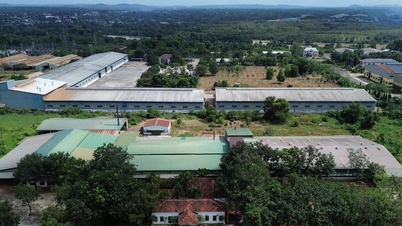

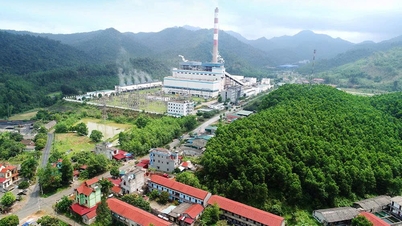
















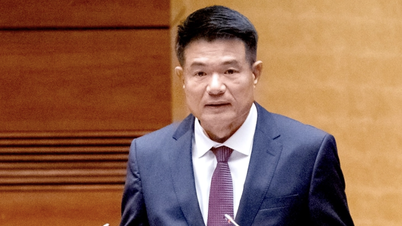

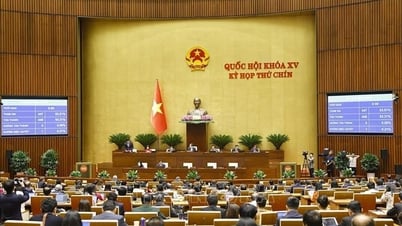
























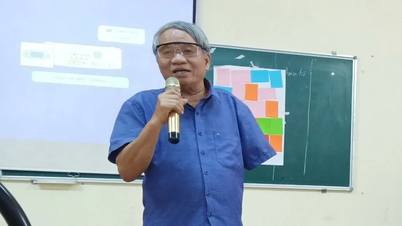











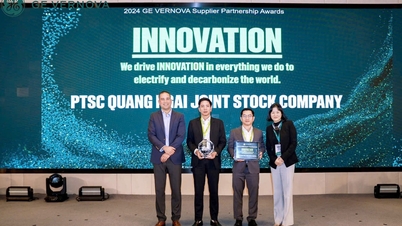
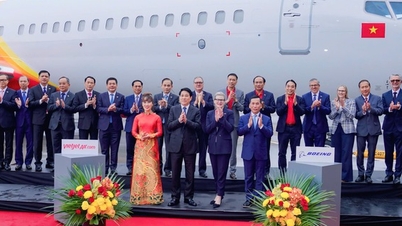






















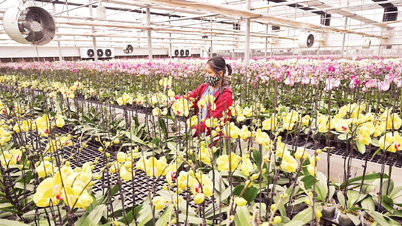











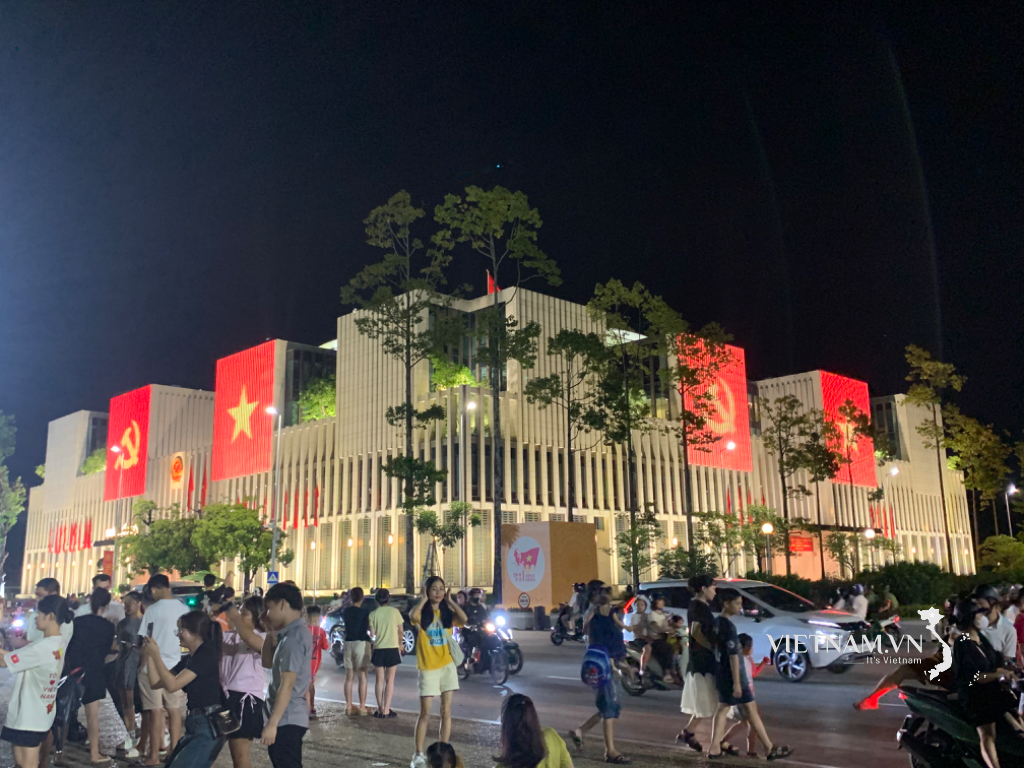
Comment (0)